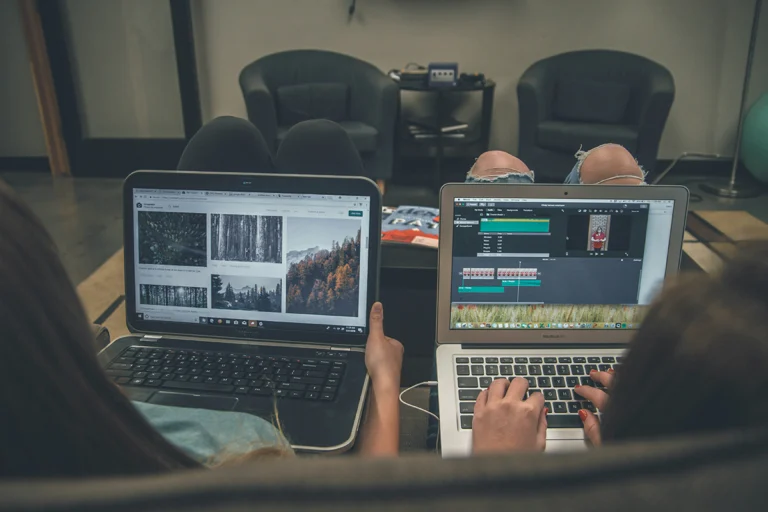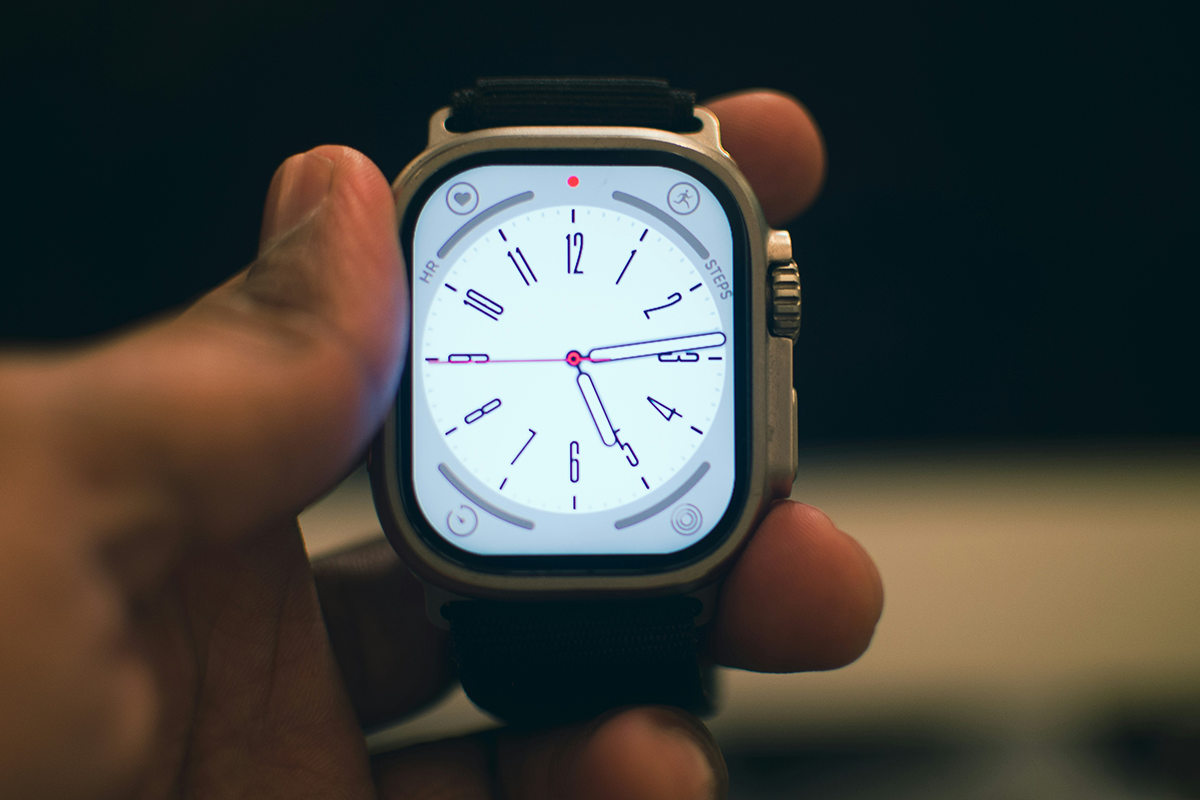Think You’re Immune to Tech Stress?
If talk of digital detox sounds dramatic, you might assume your habits are fine. Yet even casual users collect invisible micro stressors that harm focus and mood. Let’s surface those sneaky stressors and offer low-effort fixes for tech stress management so you keep the convenience, minus the drain.
Hidden Micro Stressors in Everyday Scrolls
The Digital Security Blanket
Phones double as comfort objects—grabbed in elevators, checkout lines, or mid-conversation. Constant clutching creates a security blanket to hide from everyday stresses. Even when you’re “just checking,” the phone provides constant distractibility (Marx et al., 2025).
Battery Anxiety
Notice shoulders tighten when the charge dips below 20%? That background unease is battery anxiety—a subtle fear of losing connection that spikes cortisol and breaks concentration.
Notification Numbness
Relentless pings train the brain to hunt novelty, keeping arousal high even after you mute alerts (APA, 2017). The result: scattered attention and slower deep work recovery.
Why “Little” Tech Stresses Still Matter
Micro stressors from constant digital pings stack up over the day, quietly elevating heart rate and draining mental energy. The so‑called “Digital Mundane” technology woven so tightly into daily life that it feels invisible still erodes well‑being (Leszczynski, 2020). Naming these subtle triggers is the crucial first step toward sustainable tech‑stress management.
Three Quick Fixes for Tech Stress Management
1. Create Distance From Your Digital Security Blanket
Place your phone facedown and at least three feet away during micro tasks (answering email, watching TV). That tiny gap cuts reflex and improves presence.
2. Defuse Battery Anxiety Before It Starts
Keep a mini charger in your bag or desk and set one nightly “charge time” reminder. Knowing your phone charge is handled removes the background worry.
3. Silence the Noise, One App at a Time
Turn off notifications for a single non-essential app today—news, shopping, or a game. Feel the baseline calm after 24 hours; you’ll rarely turn that alert back on.
Momentum Builders for the “Unconcerned”
Start by picking a tiny trial: choose one fix from the list and test it for the next 48 hours. During that window, observe your mood and focus without judgment, simply noting any positive or neutral shifts. If you feel even a small lift, stack carefully by adding a second tweak the following week—remember, progress beats perfection.
Key Takeaways
Even confident users often carry hidden stressors, such as “digital security blanket” habits and low‑battery anxiety. Spotting these micro triggers is foundational to effective tech‑stress management, and one‑minute tweaks can deliver outsized calm without the need for drastic interference.
Next Steps
- Power down practice: silence one app’s alerts right now.
- Stash a charger to erase battery dread.
- Curious for deeper insight? Take our quick Offline Pivot Matrix for a tailor-made plan.
References
- American Psychological Association. (2017). Stress in America: Coping with change. https://www.apa.org/news/press/releases/stress/2016/coping-with-change.pdf
- Leszczynski, A. (2020). Digital methods III: The digital mundane. Progress in Human Geography, 44(6), 1194–1201.
- Marx, J., Mirbabaie, M., & Turel, O. (2025). A consolidated definition of digital detox. Information & Management, 62(1), 104068.




